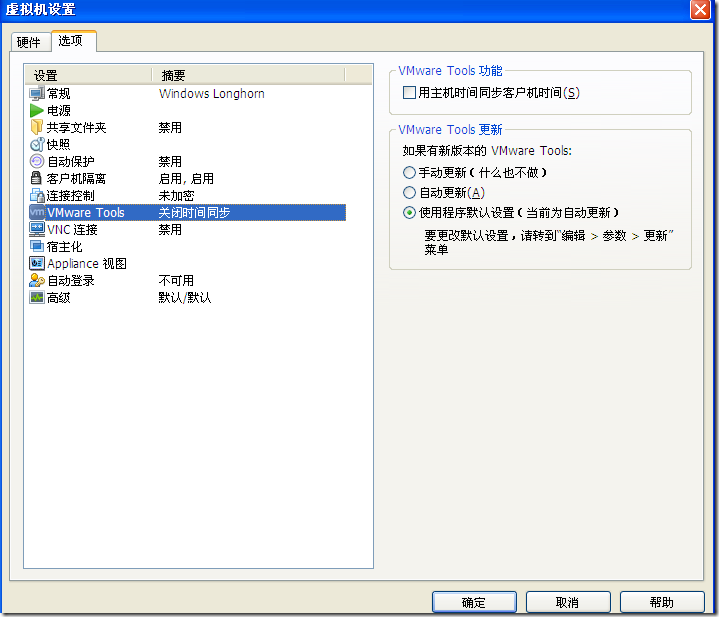
- #Omxplayer file time loading 1080p#
- #Omxplayer file time loading install#
- #Omxplayer file time loading update#
If you have a current Raspberry Pi Model B, the default setting (64) is acceptable as is.Įven with this process, you still have a few things left to do to get it working. If you have an older Raspberry Pi Model B (with only 256 MB of memory), you will need to set the memory_split value to 16 otherwise, the ffmpeg code in omxplayer will not compile. § Launch raspi-config to enable you to set the memory_split.

#Omxplayer file time loading update#
§ Update to the latest videocore libraries and headers.
#Omxplayer file time loading install#
§ Install the latest prebuilt Linux kernel (and modules). § Install gcc 4.7, which is necessary to build omxplayer. § Install dependent packages for building omxplayer. § Patch the makefiles for the Raspbian specific settings. To simplify the process on Raspbian, just run the included script (./prepare-native-raspbian.sh), which will prepare the OS for building omxplayer: Receiving objects: 100% (1065/1065), 1.38 MiB | 598 KiB/s, done.īecause you will need to build it from source, you’ll need to complete some additional build dependencies and system preparations. To install omxplayer on Raspbian, you will need to have Git installed and then clone a copy of the source tree into your home directory on the Raspberry Pi: If you want to build for Pidora, you should try the steps documented by Omarr Khattab. Omxplayer was designed for the Raspbian environment and is much more complicated to build for other platforms. The maintained source code for omxplayer lives at. It was made by Edgar (gimli) Hucek, and while it is not fancy (it has no GUI), it just works. You can access this hardware through the VideoCore libraries, but most of the video player software commonly used on Linux does not yet have support for those libraries.Įnter omxplayer, a video player specifically made to access the Raspberry PI’s GPU via the VideoCore libraries. The Raspberry Pi CPU is not generally fast enough to do this, though, so to make up for it, the Broadcom 2835 system-on-chip graphics processing unit (GPU) includes dedicated hardware to decode (and encode) video files. This works fine, because your laptop CPU is fast enough to do this work in real-time. On your Linux laptop, when you play a video file, you are probably decoding that file entirely in software. The Raspberry Pi is not quite the same as a normal computer, but one thing that it can do very well is video decoding.

#Omxplayer file time loading 1080p#
Want to watch a video on your Raspberry Pi? Using the right software will help you get the best performance on playback, even from HD 1080p files! Why limit it to being the media server when you can take it on the road and use it for in-car entertainment ( )? You can also turn it into a radio ( ), play your favorite childhood video games ( ), jazz up your next party with a photobooth ( ), and more. If that’s where you’d like to start as well, we’ve got you covered ( ).īut there’s a lot more you can do in the multimedia realm with this fun little device. One of the first things many people do with their Raspberry Pis is to set up an XMBC media center.


 0 kommentar(er)
0 kommentar(er)
